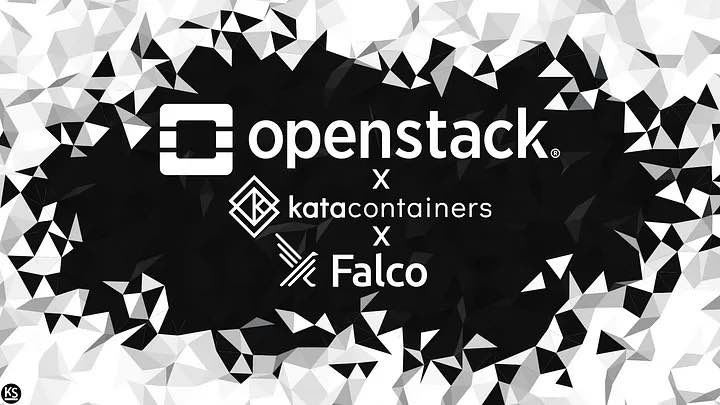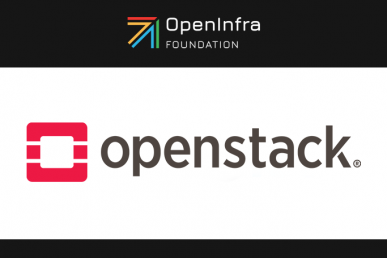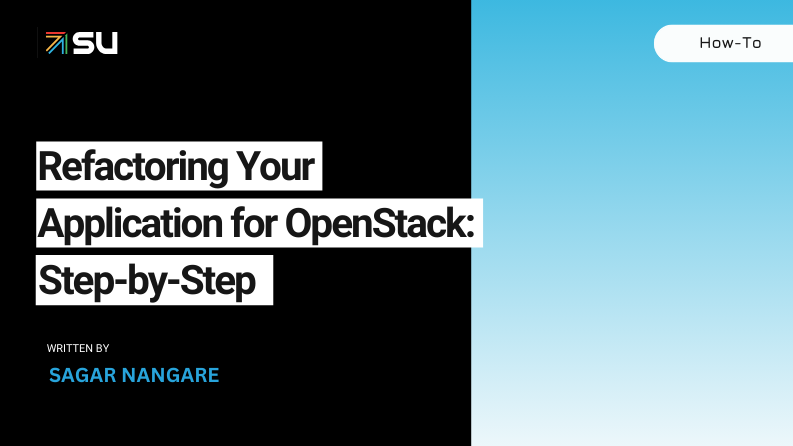As businesses increasingly rely on cloud-based solutions for their day-to-day operations, the need for secure applications within these cloud environments becomes paramount. Without proper application security, the integrity and safety of these businesses and their data are at risk. By understanding the importance of application security in OpenStack, you can better protect your business from potential threats and breaches.
OpenStack, as an open-source platform, allows for a high level of customization. This flexibility, however, also opens up potential security vulnerabilities that malicious actors could exploit. Therefore, ensuring the security of applications running on OpenStack is critical not just to protect sensitive data, but also to maintain the trust and confidence of customers and stakeholders.
Importance of Application Security in OpenStack
Evolving Threat Landscape
Hackers are constantly finding new ways to exploit vulnerabilities in applications, making it crucial for businesses to stay one step ahead.
In an OpenStack environment, this means continuously monitoring and updating applications to address any potential security vulnerabilities. It also means implementing proactive measures such as intrusion detection systems, firewalls, and regular security audits.
Complex Ecosystem
OpenStack is made up of numerous open source projects, and in addition, it is not a standalone platform; it interacts with a host of other systems, applications, and services. This interconnectivity can potentially expose multiple points of vulnerability that attackers could exploit.
To manage this complexity, businesses need to adopt a holistic approach to application security. This means not only securing individual applications but also ensuring the security of the entire OpenStack environment. It involves implementing security measures at every layer of the OpenStack architecture, from the infrastructure layer to the application layer.
Data Protection
In an OpenStack environment, data is often stored and transferred between various applications and services. Without proper security measures, this data could be intercepted, altered, or stolen, leading to severe consequences for the business. For instance, a data breach could lead to financial losses, reputational damage, and potential legal ramifications.
Moreover, as the volume of data handled by businesses continues to grow, so too does the potential for data loss or theft. By implementing robust application security measures within OpenStack, businesses can ensure the integrity and confidentiality of their data, protecting it from unauthorized access or alteration.
Regulatory Compliance
With laws and regulations such as the General Data Protection Regulation (GDPR) in the European Union and the California Consumer Privacy Act (CCPA) in the United States, businesses are required to take certain measures to protect the privacy and security of customer data.
Non-compliance with these regulations can lead to hefty fines and penalties, not to mention the potential damage to a business’s reputation. By ensuring the security of applications running on OpenStack, businesses can comply with these regulations, protecting not only their customers’ data but also their bottom line.
Application Security Best Practices for OpenStack Workloads
Each layer of an OpenStack architecture can and should be fortified with robust security measures. Let’s explore how you can enhance security in each of these areas.
Identity and Access Management (IAM)
Using Keystone for Robust IAM
Keystone is OpenStack’s identity service. It plays a crucial role in managing authentication and authorization for the cloud environment. This service is pivotal to the importance of application security in OpenStack as it is the first line of defense against unauthorized access. It’s essential to configure Keystone correctly, ensuring robust security policies and strong password practices.
Implementing Multi-Factor Authentication
Multi-factor authentication (MFA) is a security system that requires more than one method of authentication from independent categories of credentials to verify the user’s identity for a login or other transaction. Implementing MFA in your OpenStack environment can add an extra layer of protection against unauthorized access.
Role-Based Access Control (RBAC) for Fine-Grained Permissions
RBAC is a method of regulating access to computer or network resources based on the roles of individual users within your organization. With RBAC, you can assign specific permissions to roles and then assign those roles to users. This helps in managing permissions at scale and also ensures that users only access resources that are necessary for their work.
Network Security
Leveraging Neutron for Network Segmentation
Neutron is OpenStack’s networking component. It allows users to create their own networks and connect devices to them. Network segmentation using Neutron can help isolate network traffic, thereby reducing the attack surface and limiting the potential impact of a security breach.
Using Security Groups to Define and Control Network Access
Security groups in OpenStack act as a virtual firewall for your compute instances. They allow you to define and control network access, ensuring that only authorized traffic reaches your instances. Regularly reviewing and updating these security group rules can significantly improve the security posture of your OpenStack environment.
Implementing Virtual Private Networks (VPNs) for Secure Connections
Virtual Private Networks (VPNs) establish secure connections between networks over the Internet. Implementing VPNs in your OpenStack environment can ensure that your data remains secure while in transit. It’s a critical consideration in maintaining the integrity of your OpenStack workloads.
Compute Security
Hardening Nova Compute Nodes
Nova is the compute service in OpenStack. Hardening Nova compute nodes involves implementing security measures that minimize the surface of vulnerability. This includes using secure configurations, disabling unnecessary services, and employing strict access controls.
Using Trusted Computing Pools
Trusted compute pools offer an additional layer of security by ensuring that workloads run on trusted hosts. These trusted hosts are verified using attestation services that measure and attest to the integrity of the hardware and software on the host.
Regularly Patching and Updating Hypervisors
Hypervisors, the software that creates and runs virtual machines, are a critical part of any cloud computing environment. Regular patching and updating of these hypervisors can help protect against known vulnerabilities and ensure the security of your OpenStack workloads.
Storage Security
Encrypting Data at Rest with Cinder and Swift
Cinder and Swift are OpenStack’s block and object storage services, respectively. Encrypting data at rest using these services can help protect against unauthorized access, ensuring the confidentiality of your data.
Ensuring Secure Backups and Snapshots
Backups and snapshots are crucial for data recovery in the event of a disaster. However, they can also pose a security risk if not properly protected. Implementing robust security measures such as encryption and access controls can help ensure the security of your backups and snapshots.
Implementing Access Controls for Storage Objects
Access controls play a crucial role in securing storage objects. By ensuring that only authorized users can access your data, you can significantly reduce the risk of a security breach.
Securing Images and Orchestration
Verifying Image Integrity with Glance
Glance is OpenStack’s image service. Verifying image integrity with Glance can help ensure that your images are free from tampering, which is crucial in maintaining the security of your OpenStack workloads.
Implementing Trusted Image Pipelines
Trusted image pipelines involve the use of trusted sources and secure methods for building and deploying images. Implementing such pipelines can help ensure the integrity of your images and protect against unauthorized modifications.
Securing Heat Templates and Orchestration Processes
Heat is OpenStack’s orchestration service. Securing Heat templates and orchestration processes involves implementing robust security measures such as access controls and secure configurations. This can help protect against unauthorized changes and ensure the integrity of your orchestration processes.
Conclusion
In conclusion, by implementing robust security measures at each layer of your OpenStack architecture, you can significantly enhance the security of your workloads and protect your valuable data. Remember, a secure OpenStack environment is not just about deploying the right tools and technologies; it’s also about fostering a culture of security within your organization.
- Kubernetes Troubleshooting: A Practical Guide - May 21, 2024
- Overview of the OpenStack Documentation - March 18, 2024
- Refactoring Your Application for OpenStack: Step-by-Step - December 27, 2023

)










